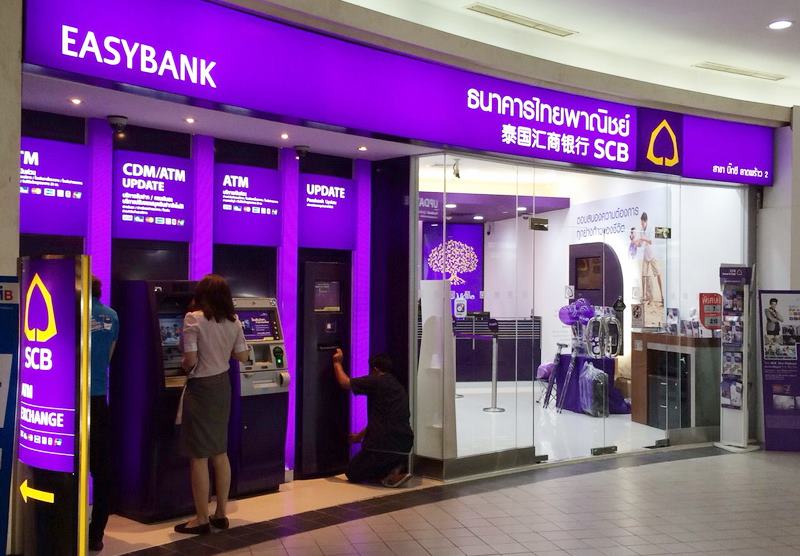Ripple announced via a post on its “Insights” blog that Thailand’s first domestic bank Siam Commercial Bank (SBC) has become the first financial institution on RippleNet to use the ‘Multi-Hop’ feature. The blockchain startup tweeted this:
“@scb_thailand will be the first to use ‘multi-hop’, a key feature on RippleNet that allows financial institutions to forward and settle payments for other network institutions.”
Established by royal charter on the 30th of January 1906, SCB is the first Thai bank. It was founded during the reign of King Rama V by Prince Mahisara Rachaharuthai. Today, it is the third largest financial institution – by total assets – in Thailand.
What is Multi-Hop?
Multi-Hop is a protocol that will let SCB settle the payments for other banks that are found in RippleNet. By implementing the feature, the bank will not need to directly communicate with another financial institution to make a payment. Rather, SCB will receive and forward payments. It doesn’t require any paperwork or a bilateral relationship between the originator and the beneficiaries.
With Muti-Hop other banks can connect seamlessly to SCB, which can settle and payout across the ASEAN region without exchanging currencies multiple times and adding heavy transaction fees.
Neighboring countries rely on their correspondent banking company. They first convert the amount into USD and then settle in across other banking institutions. Lastly, the funds reach the beneficiary institution after being exchanged with the original currency. Needless to say, the whole process involves a lot of time and a huge transaction fee. It, therefore, fails to support small and medium-sized enterprises.
The benefits of Multi-Hop go beyond banks
According to, Ripple announcement, Customers of RippleNet institutions – including SMEs and remitters – will see their payments settled in seconds. The process is also more transparent and secure than traditional settlement methods. SMEs are estimated to be responsible for over 60 percent of employment in third world countries. The number can be as high as 70 percent in ASEAN countries.
